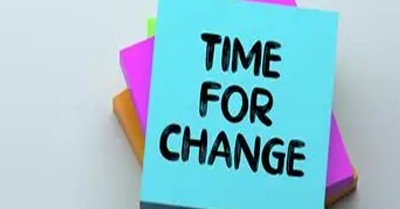The Australian Skills Quality Authority, in collaboration with HumanAbility and sector partners, has released updated guidance to strengthen how early childhood education and care students are assessed during workplace placements. This article unpacks the key elements of the guidance, highlights unacceptable practices, and offers best-practice recommendations for registered training organisations and ECEC services.
Why Strong Workplace Assessment Matters
Early childhood education demands more than textbook knowledge. Students must demonstrate:
-
Practical skills in real-world settingsCompetence in child safety, development, and cultural inclusivity
-
Ethical decision-making under the supervision of qualified assessors
Robust workplace assessment ensures that every graduate is truly prepared to support, nurture, and protect children in diverse learning environments.
Mandatory Qualifications and Direct Observation
Several nationally recognised ECEC qualifications require direct observation of performance evidence. These include
| Qualification | Code |
|---|---|
| Certificate III in Early Childhood Education and Care | CHC30121 |
| Diploma of Early Childhood Education and Care | CHC50121 |
| Diploma of School Aged Education and Care | CHC50221 |
| Certificate III in Outside School Hours Care | 10983NAT |
Training providers must ensure that an assessor directly observes each student at least once during their workplace placement. No third party or workplace supervisor may substitute for this assessor.
Unacceptable Practice: Digital Recording of Children
The guidance is unequivocal: video- or photo-recording assessment tasks involving children is not permissible. This prohibition protects:
- Children’s rights to privacy and dignity
- Compliance with child-safe standards and consent protocols
- The integrity of in-person skill demonstration
Any request by a training provider to digitally record children during assessment must be immediately halted.
Remote Observation Protocols
In rural and remote contexts where in-person visits are impractical, direct observation may occur via live streaming under strict conditions:
- Mutual agreement between the RTO and ECEC service
- Real-time observation only—no recordings or playback
- Assessment conducted exclusively by the authorised assessor
This approach maintains the assessor’s direct involvement while respecting geographical constraints.
Legal, Ethical, and Child-Safety Imperatives
All stakeholders must remain vigilant about:
- The National Model Code for Taking Images or Videos of Children
- Federal and state privacy laws governing minors
- Ethical obligations to safeguard children’s welfare at all times
Training providers should incorporate these requirements into policy documents and staff onboarding.
Best-Practice Recommendations
To embed the guidance effectively, RTOs and ECEC services are encouraged to:
- Conduct training sessions on legal and ethical assessment boundaries
- Revise assessment policies to explicitly ban digital recordings
- Collaborate on placement planning that prioritises direct observation
- Monitor assessor compliance and provide refresher workshops
Regular audits and feedback loops will help maintain high standards and swiftly address emerging risks.
Moving Forward: Upholding Integrity and Safety
By championing direct observation and rejecting shortcut practices, the sector can ensure that every ECEC graduate possesses genuine, demonstrable competence. Providers and services that embrace these guidelines will not only comply with regulatory expectations but also strengthen public confidence in early childhood education.
Further Reading
Leading Learning Circles For Educators Engaged In Study
Study Plan Techniques For Students
Reference:
Assessing Early Childhood Education and Care Students in the Workplace
